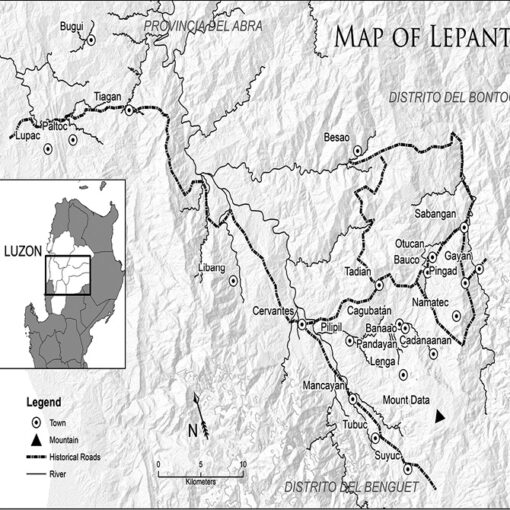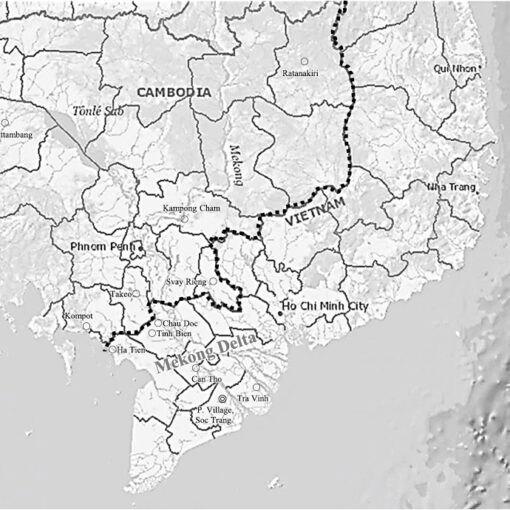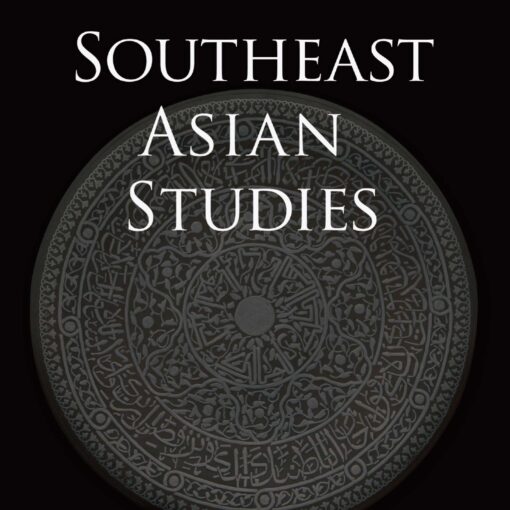Contents>> Vol. 10, No. 1
Sonic City: Making Rock Music and Urban Life in Singapore
Steve Ferzacca
Singapore: NUS Press, 2020.
This book documents the making of rock music in Singapore by a small community of amateur musicians along with their friends, families, and fans, and also the making of urban life and vernacular history. The author, Steve Ferzacca, has conducted research in the field of medical anthropology in Indonesia. In 2011 he encountered Singaporean rock musicians, which led to his attempt to describe the ethnography of their urban life in Singapore. For the most part, this ethnography is a study of popular culture as signifying practices rooted in the everyday routines and habits of contemporary life in Singapore (p. 21). Ferzacca was involved with the small rock music community for six years (2011–16) as an anthropologist and as a member of several Singaporean rock bands.
The main discussion appears in the Overture (Introduction) and Chapter 5. This book discusses how a community that would be characterized by many Singaporeans as unconventional, atypical, and noisy was used by the government for the development of the nation when it attempted to revitalize the 1960s Singaporean rock stars as valuable and noteworthy intangible heritage. Singapore’s official discourse and legislation are deeply concerned with “noise pollution” and controlling the sounds of many different groups of people. The 1960s rock music scene was considered to reflect “subversive youth trends” and the threatening and dangerous presence of “yellow culture.” Despite this, why has the negative image of English-language rock music in Singapore been positively reevaluated since the 2010s as national heritage? Sonic City explores this research question through ethnography.
In Chapters 1 to 4, the author documents the past and present activities of a legendary rock musician in Singapore. Ferzacca’s fieldwork started in the basement of a shopping mall, the Peninsula Shopping Centre (opened in 1980), located in the Central Business District of Singapore. It was here that a small rock community emerged. Lim Kiang is a core participant in this community of musicians as well as the author’s main informant. Sixty-five-year-old “Old Man” Kiang remains engaged with the rock community. He played bass for a legendary and pioneering 1960s English-language rock band in Singapore, The Straydogs (1966–78). The author participated in the community as a musician and ethnographer, researcher and friend, from 2011, when he first met Kiang.
To explore the character of this rock music community, Ferzacca places Kiang and The Straydogs in the context of Singapore’s popular music history, especially in the 1960s. Recalling his youth, Kiang said, “We only listened [to] Western music.” In the 1960s, Katong—Kiang’s birthplace—had a cosmopolitan flavor and was populated by an English-educated middle class, Eurasians, and Straits-born Chinese. This was where Kiang and his friends encountered modern Western culture and became attracted to 1960s English-language popular music. For the members of The Straydogs, Katong was an urban place where cosmopolitan modernity could be experienced. Even though the musicians have now left Katong, they continue to portray its cosmopolitan atmosphere through their music and the small community in the basement of the Peninsula Shopping Centre.
The Straydogs and other local bands played a Western rock repertoire as well as original compositions that localized the music as Singaporean. The Straydogs and other 1960s Singapore bands represented and embodied the cosmopolitan modernity that was Singapore. These local musicians and bands made this cosmopolitan music their own.
The basement of the Peninsula Shopping Centre allowed for everyday heterogeneous movements and the reassembling of humans, as well as a local site for creating community. In 2011, Kiang built a small guitar shop in this basement. The shop hosted—and continues to host—happy hour jam sessions every Monday and Friday beginning around six in the evening. Nearly every afternoon, and especially on weekends, a group of regulars get together to drink and jam. They even celebrate Chinese New Year at the shop.
The author conducted deep participant observation of the small community and participated in afternoon jam sessions, band rehearsals, and performances. During six years of committed engagement with the rock community, he came to recognize some characteristics.
First, it is insightful that hanging out, drinking alcohol, and having jam sessions is characterized as Singaporean male bonding. In the events at the live music club, the clientele is largely—nearly always—male. Women are present but in small numbers. The events in the small community are composed as personal, but at the same time collective, cultural festivals of masculine performativity. While the images, activities, and associations that surround the everyday life of this community of amateur musicians are cosmopolitan and include people from many different backgrounds, most of the activities are characterized by the centrality of masculinity and male bonding.
Second, The Straydogs and their associates present a “community of interest” organized around rebellious behavior (smoking, drinking, and making noise) and “cosmopolitan conviviality.” As amateur musicians involved in the music scene, Kiang and the others who form the guitar shop entourage, again a community of interest, reproduce community in a “vernacular heritage” with the “rocker” and the rock-and-roll lifestyle as it existed in the past and present. Local communities like the guitar shop become involved in such events and encounter other communities that share similar interests. Kiang and his associates construct a vernacular heritage within a community of interest organized around rebellious behavior and cosmopolitan conviviality. The rock community comprises the “undesirable” elements of vernacular heritage that counter state-sponsored versions of national heritage. In fact, Singaporean rockers of the 1960s remained mostly unrecognized by state-sponsored heritage projects until the first decade of the twenty-first century.
Such activities of “vernacular heritage” are, however, now recognized as official “national heritage” by the government. Since the 1990s, interest in the 1960s rock music scene has increased among Singaporeans. Since the 2010s, the 1960s Singapore rock music scene has been revitalized by the nation-state as being worthy of belonging to Singapore’s national heritage and history.
Kiang is frequently recruited to participate in national heritage-building projects. In 2015 he was called upon to reunite The Straydogs for a national heritage performance at the Esplanade, Singapore’s premier concert hall. This concert was a national heritage project in celebration of Singapore’s 50th anniversary as a nation-state.
The author does not, however, conclude that The Straydogs was simply utilized for state projects. The Media Development Authority and stage manager asked the group to revise their set list and song lyrics, but the latter refused. The concert organizer worried that the musicians would engage in prohibited rebellious behavior, but in fact they just drank and smoked. The author, who participated in the event, viewed the performance of heritage as a “hybrid” project of vernacular and national heritage. This is an original perspective that could only be gained through the author’s deep engagement with the community.
Overall, this book is an intriguing work that provides a comprehensive and detailed picture of a changing urban soundscape full of diverse participants, including amateur and semi-professional musicians as well as their family, friends, and fans in Singapore.
As a researcher of Indonesian popular music, I believe that the book makes two major contributions to Southeast Asian popular music studies. First, given that popular music studies on Singapore are not as frequent as such studies on other Southeast Asian countries, especially Indonesia, this book is significant. Also, considering that Southeast Asian popular music studies have been dominated by studies on non-Western hybrid genres such as dangdut (an Indonesian popular music genre), focusing on the rock music scene is a valuable contribution, especially in highlighting the history of Western popular music in non-Western countries.
Second, with his historical and ethnographic analysis, the author successfully sheds light on the urban activities of legendary rock musicians in the twenty-first century. Most popular music studies conduct either historical or ethnographic analyses. The former analyses focus on historical documents of the rock music scene in the 1960s–70s but do not pay attention to how ’60s rock stars are living in the present. The latter analyses focus on musical activities in the twenty-first century but do not examine deeply the historical context of the present music scene. In this book, the author successfully draws out the past and present of legendary rock musicians from historical as well as contemporary perspectives.
The book does, however, have one shortcoming. I regret that Ferzacca does not elaborate further on the complicated interaction between the urban life of the small rock music community and the structure of ethnicity. He finds that ethnic diversity and tolerance are embodied in the community, but this book does not address the involvement of the ethnic minority. The shopping complex where the small rock community is based is known as “Little Burma” and has several ethnic Burmese migrant workers providing services, food, and shops for Singapore’s Myanmar community (pp. 32–33, 86). But the dominant people in this book are Chinese Singaporeans and Christians (pp. 87–88). The ethnic backgrounds of those who participate in the rock community are not necessarily diverse. Despite the shopping complex having a majority of Burmese people, the book does not clearly show whether they participate in the rock music community. Although the author admits the book is less attentive to the structure of ethnic inequality (p. 136), I expect that other analyses of inequality as an ethnographic example will further develop from this analysis, which will give us a new understanding of Singapore’s urban politics beyond majority-centered analyses.
Nevertheless, this does not reduce the significance of this study. Although lacking a point of view related to the structure of ethnicity, as indicated above, the author succeeds in providing a deeply insightful ethnography of the Singapore rock music community. The book helps in fostering a better understanding of popular music and urban life in Southeast Asia.
Kim Yujin 金悠進
National Museum of Ethnology, Japan
DOI: doi.org/10.20495/seas.10.1_190




